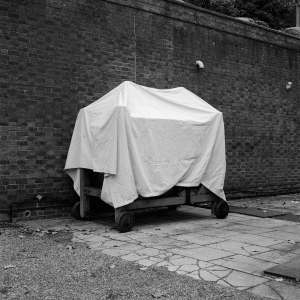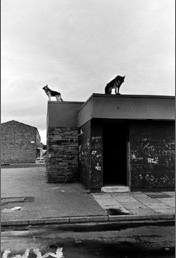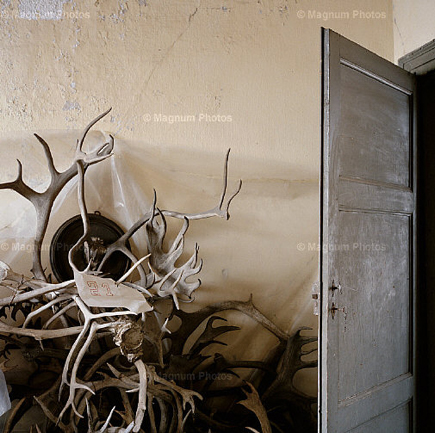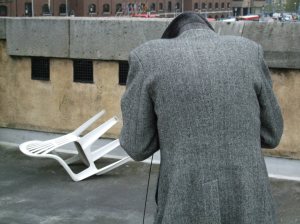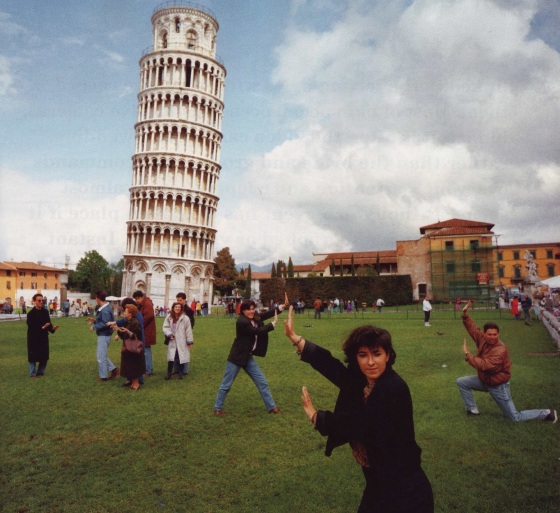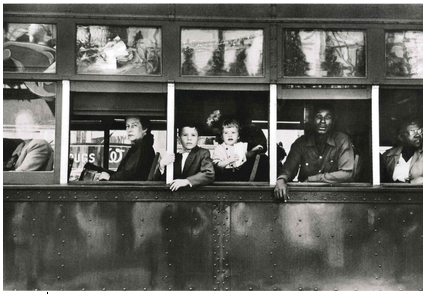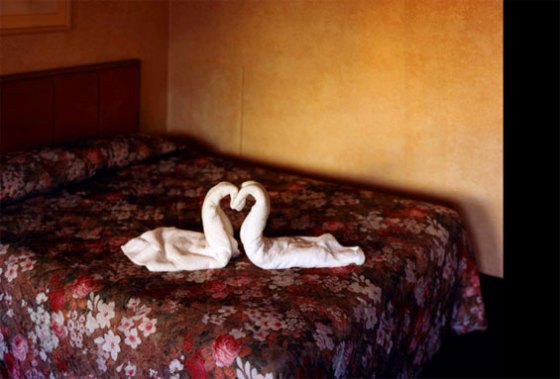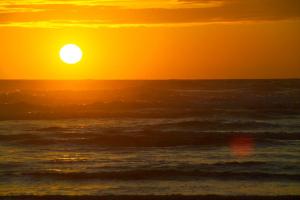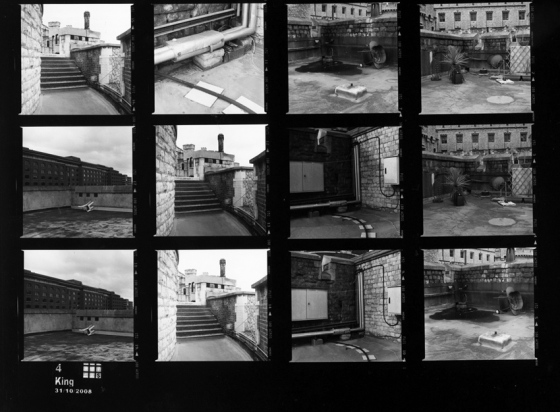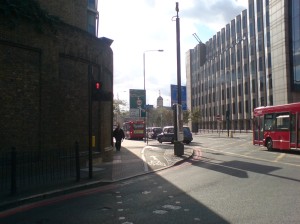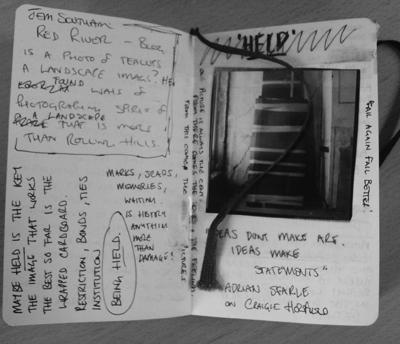
A few years back I went to a talk by the American writer Paul Auster, he was reading extracts from his latest book and answering questions from the audience. His public appearances are quite rare and the hall was packed, all the seats were filled and people were sitting on the steps and standing along the sides of the room. Paul Auster spoke in a similar way to his writing – laid back and enjoyably dry, he spoke about the daily practice of writing and what things interest him and how those things lead him on a meandering journey that will hopefully become a finished story. At one point he confessed to a mild obsession with stationary, in particular, notebooks (in fact one of his novels contained a large section about a character finding a particular notebook and describing it at length). I felt a connection with Auster’s attachment to notebooks – there’s just something about them. I have a stack of old notebooks that stretch back years and I enjoy going back to them to read what was going through my mind at the time. I use them to keep notes on whatever project I am working on at the time, jotting down my thoughts, quotes that i think maybe useful and cut out images of my work or the work of others to use as a reference. I also like the fact that an academic quote I have found and jotted down will often sit side by side with my shopping list or some random doodles.
At the moment I have been thinking about the Tower project and how text may work with pictures, and in turn how this will work within the Tower.
Here are a few of recent entries in my notebook-
* Photography can be used to separate elements of an everyday reality. This separation and re-presentation (in the form of pictures) offers us the chance to discover new (poetic?) relationships and readings of objects and surfaces.
* Some words (or groups of words) when cut loose from the anchors of their surrounding text move free and are open to broader and more lyrical interpretation.
* In a museum we look at objects and read the text, creating the expected/intended relationship with our presented history.
* BUY EGGS!!
* may need step ladder? Fix loose grip on tripod.
